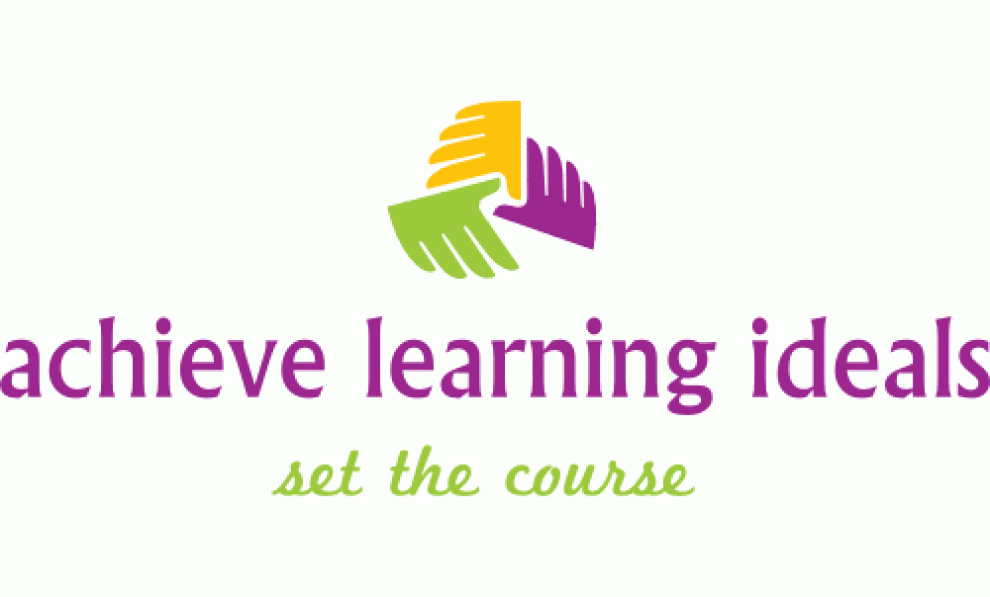Smiling when I think of certain art pieces and children’s reactions when they first encounter the “Art” ; with the approaching American Thanksgiving weekend my thoughts have been on a space across the Ocean- Barcelona Spain where Museums feature two children’s favorites – Picasso and Miro!
Critics may enjoy declaring “a child could do that,”- and then ought to remember Picasso was known for suggesting that everyone needs to hold onto that early child each of us grows up from, and to honour the excitement that provides entertainment when we as adults encounter something new. But it is Miro and the work of Miro which personally holds strong appeal: bright colours, fun shapes, stories within stories…
This weekend as many families either shop or watch a Football game, and wonder if they are allowing the children too much screen time, head on over to a museum with that very computer on line or simply google the artist and have the children self select which picture amuses; then look up the image and try to draw or colour a picture in similar fashion. Many of the artists also look at “Nature” from a personal perspective, and with the weather on the cusp of a new season, a brisk neighborhood walk after the Thanksgiving meal can find “treasures” – leaves and whatever else depending on which part of the States one is located in. Paper, children’s glue, tape, crayons, even the boxes that may have accumulated from the extra groceries purchased in preparation of a gathering all may become “art supplies” and when children see Art that has moved beyond representation, to encompass the imaginary, (Miro admired Calder- with parent’s help a clothes hangar is suddenly transformed into a hanging mobile..) the spirit of play and creativity may emerge. And just think- as parents you will be encouraging a life long love of this “maker concept” that you may be hearing about from teachers… it begins with first taking a Look. Artists do see our world differently, able to question and suggest where some areas could be improved ( consider the cast of “Hamilton” (the Broadway play) and their fervent appeal to future leaders to respect Humanity and to honour the Freedoms those very Founders depicted in the play were fighting for.
images which continue to make me smile:
- my children
- their art work
- places and experiences we have together…
and often the “unexpected!”
Happy Thanksgiving! When people come together to simply celebrate “being together.” A unique non-denominational day that allows each of us to take stock and consider the extraordinary; that a country could be filled with so many with different roots, and that over-all the simple celebration of harvest time could grow to be the event which for a brief weekend may remind everyone that there is a common ground.
P.S. remember to have the children sign and date their creations
